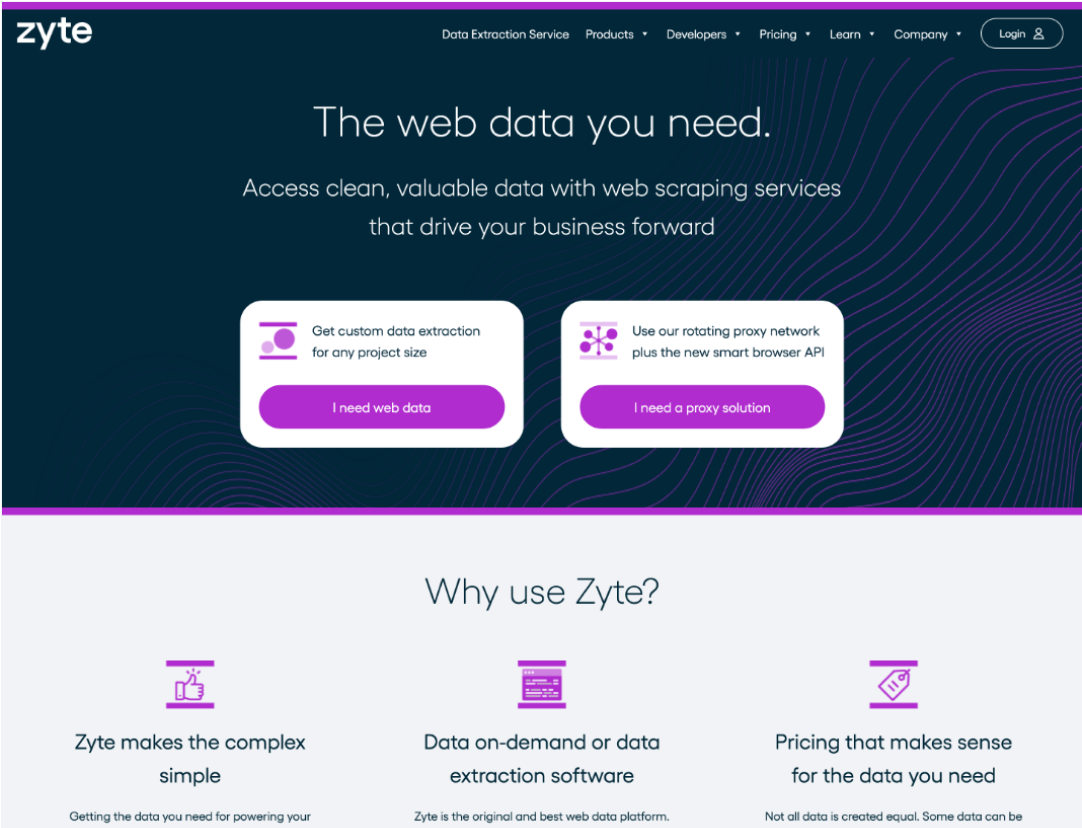Spot Experience Gaps to Improve Customer Retention
Channel your focus toward delivering competitive CX.
Start Free Trial
Here’s how different teams use Retently to power their work
Product
Get in-depth feedback throughout the customer journey to drive adoption and build products customers love.
Customer Success
Collect valuable data - NPS, CSAT, and CES feedback - across all channels. Analyze sentiment, easily spot trends, and understand the key drivers impacting CX.
Customer Support
Help frontline teams stay engaged and empower them to deliver great customer experiences. Build support agent scorecards and track CSAT trends.
Analyze Collected Feedback
Easily segment and analyze your customer feedback by leveraging a variety of data points.
Gain actionable insights and make data-informed decisions.
Deeply Integrated With Your Stack
Your valuable data should not be siloed but flow freely across different systems.
Retently is designed to integrate seamlessly with your CRM, BI, marketing automation, and help desk platforms.
All of your data is easily accessible and can be used to gain precious insights and improve your business operations.

Let’s talk CX
Join other software companies that are using Retently to transform their Customer Experience and drive growth.















